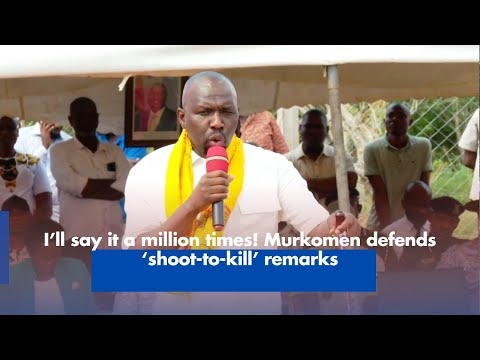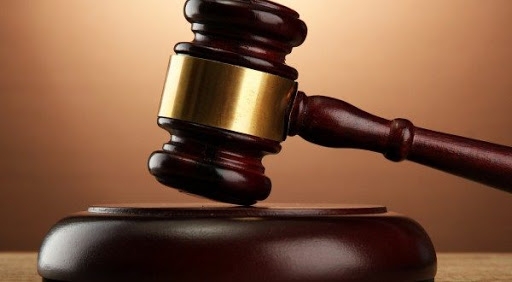Two goats chanced to meet, one on each side of a deep chasm through which poured a mighty mountain torrent. The trunk of a fallen tree formed the only means of crossing the chasm, and on this not even two squirrels could have passed each other in safety.
Their pride would not permit either to stand aside for the other. One set her foot on the log. The other did likewise. In the middle, they met horn to horn. Neither would give way and so they both fell, to be swept away by the roaring torrent below.
The 2022 election is fast approaching, and the front-runners have started to clearly define themselves in the race. Barring no other changes, the presidential race will be a two-horse race between Raila Odinga and William Ruto.
The OKA team has made considerable progress to solidify its support, with all principals declaring their intention to be on the ballot. However, their run is still too far away from Raila and Ruto unless they reconsider their decisions.
Though Raila and Ruto are still the most preferred candidates, it appears that at the moment, none of them can win the election in the first round. As things stand, and without a united ticket against either of them, the country should prepare for two elections in 2022.
Ahead of the 2002 election, there was a flurry of activity among opposition politicians as they toyed with the idea of fielding a single candidate to face off with Kanu. In the previous two elections, President Moi had won as a result of a divided opposition that pulled in different directions.
Two months before the December 2002 election, Raila Odinga pulled a card that surprised many including some of his colleagues in the opposition when he declared 'Kibaki Tosha'. Kibaki became the National Rainbow Coalition candidate and went on to beat Uhuru Kenyatta by getting double the votes the Kanu candidate had.
In 2017, the opposition almost pulled a rainbow moment on Uhuru and Ruto when Musalia Mudavadi, who had run in 2013, shelved his ambition. The win by Uhuru in 2013 was just about 8,000 votes above the 50 per cent plus one vote mark.
Without the 8,000 votes, the election would have moved to a runoff in which Raila and the rest could have joined forces. In 2017, the key proponent of the Nasa alliance was Mudavadi, who got slightly below half a million votes in 2013.
Nasa could not give Uhuru and Ruto a run for their money because the two had brought together so many parties and the track record in the first term spoke for itself. In addition, they managed to mobilise more than 90 per cent turnout in their backyards making their lead unassailable.
Currently, Ruto would need to mobilise the entire Mt Kenya vote plus the turnout seen in 2017 for him to win in the first round. Based on the apathy seen in Mt Kenya during the voter registration, this is now seeming improbable.
If he can bring in the OKA team to his side, he would be in a better position to beat Raila. If Raila manages to persuade OKA to support his bid, then he would easily become the country’s fifth president.
If the two scenarios do not happen, then the country would have to go for the second round of voting, which would then have the top two candidates – most likely Ruto and Raila – square it out.
If the OKA principals are banking on a run-off to up their stakes in the political contest, they may need to rethink their strategy. A run-off only needs a simple majority and depending on the outcomes of the rest of the elective positions, any of the two candidates can use those elected to mobilise the highest turnouts in their strongholds.
This can easily turn the tide for even the person who won the first round depending on the post-election realignments of MPs, MCAs and governors. Instead of waiting for round two, the OKA chiefs should probably reunite with Raila and secure a first-round win.











